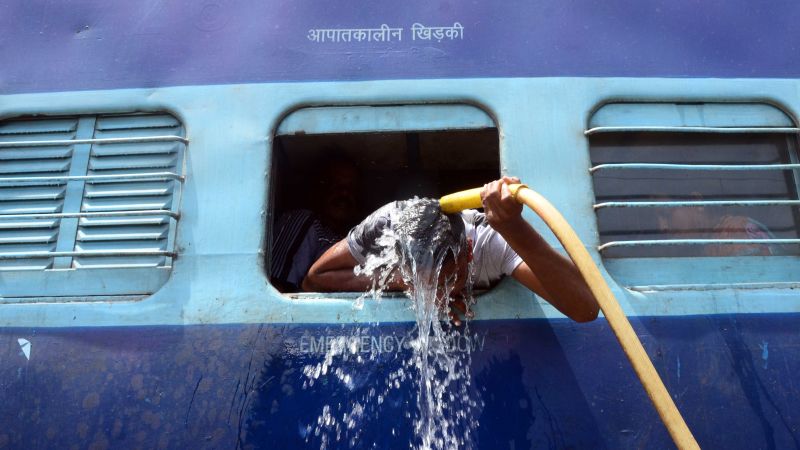India’s Heat Wave: Struggles and Resilience
As scorching temperatures sweep across India, the impact of the blistering heat wave has been devastating. With over 1,300 lives lost, the country faces a significant public health crisis. This extreme weather has altered daily life, pushing individuals to seek creative ways to cope with the punishing heat.
Seeking Relief from the Sweltering Heat
People across major cities, including New Delhi, have taken to sleeping on rooftops, attempting to escape the heat trapped within their concrete homes. This unconventional practice highlights the dire need for respite, as cooling facilities remain inaccessible to a large part of the population.

The Streets Are Empty
As temperatures peak, streets remain deserted. Few brave souls venture outside, risking heat exhaustion. The combination of idle public spaces and increasingly high temperatures can significantly affect urban life.

Water: A Precious Resource
Amidst the heat wave, water has become a vital and scarce resource. Many people can be seen queuing for long periods to fill their containers. Even workers rely on ice transportation to keep food and perishables cool, enhancing the difficulty of maintaining freshness in the current conditions.

Environmental Changes and Community Resilience
The extreme temperatures have also led to environmental changes, with roads warping under the heat and plants struggling to survive. Fishermen are dealing with dwindling resources, making their livelihoods increasingly precarious.

Conclusion
In conclusion, the current heat wave in India presents profound challenges for citizens as they adapt to extreme weather conditions. The responses and resourcefulness demonstrated highlight the resilience of communities, emphasizing the ongoing need for support and infrastructure improvements to safeguard health and well-being during such crises. External measures, such as climate awareness and enhanced urban planning, are vital in mitigating the effects of future environmental extremes.




